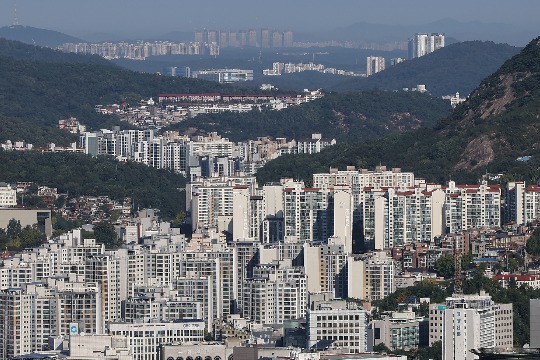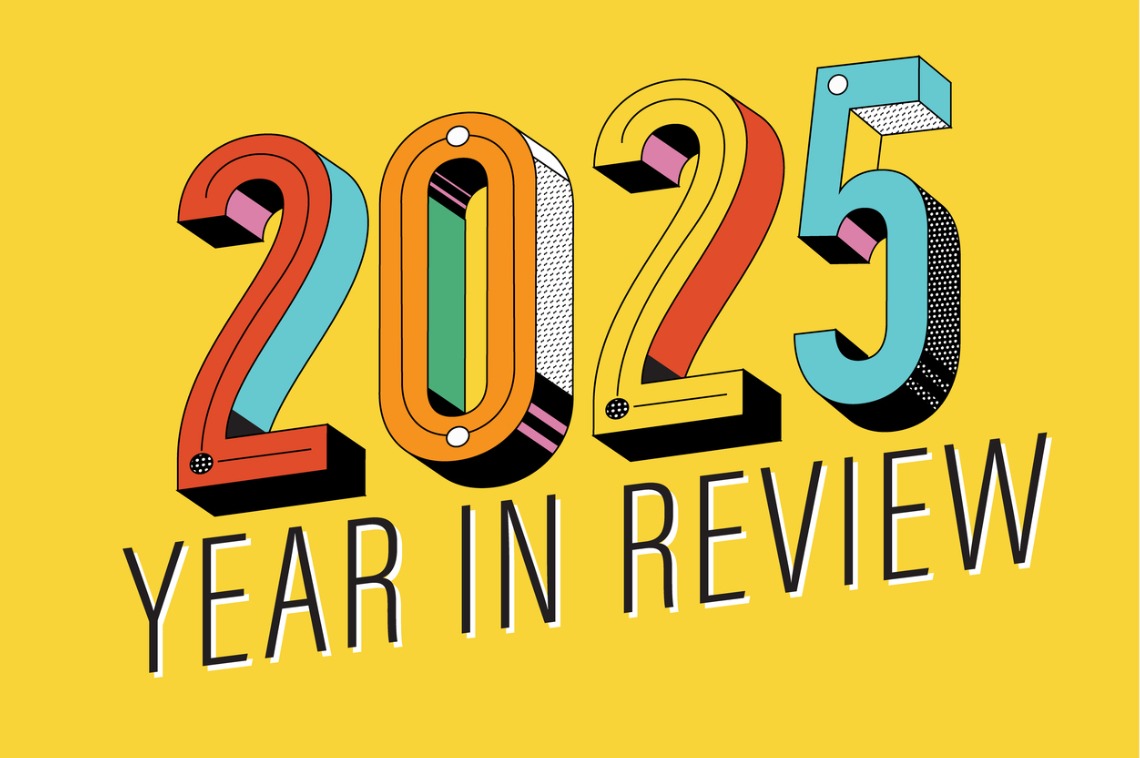S
outh Korea's exposure to real estate has nearly doubled over a decade, with household lending making up about half of the total. This has raised concerns that the risk could increase further as the country joins major economies in a monetary easing cycle. According to data from the Bank of Korea, the total exposure of banks and other financial institutions to real estate reached 2,881.9 trillion won ($2.13 trillion) by the end of June this year, equivalent to about 115.9% of the country's nominal GDP.
The central bank cut its benchmark interest rate by a quarter percentage point to 3.25%, which could lead to further increases in real estate exposure, warned lawmaker Cha Gyu-geun. The Bank of Korea also expressed concerns about financial stability after the rate cut and hinted at gradual cuts ahead to slow easy money growth.
Korea's household debt has been rising steadily over the past decade, with lending to households making up 49.4% of the country's entire real estate exposure as of June this year. This is a significant increase from last year when it accounted for 48.2%. The number of housing transactions and mortgage loans in the second half are expected to further increase.
Loans extended to corporations stood at 1,085.6 trillion won as of end-June this year, accounting for 37.7% of the country's real estate exposure. The Korean government has started tightening mortgage lending regulations in response to the rapid rise in mortgage loans, which has helped cool down the housing market somewhat.
Bank of Korea Governor Rhee Chang-yong said it is still early to confirm the country's financial stability and that the bank will monitor how the rate cut affects housing transactions and rising housing prices.














